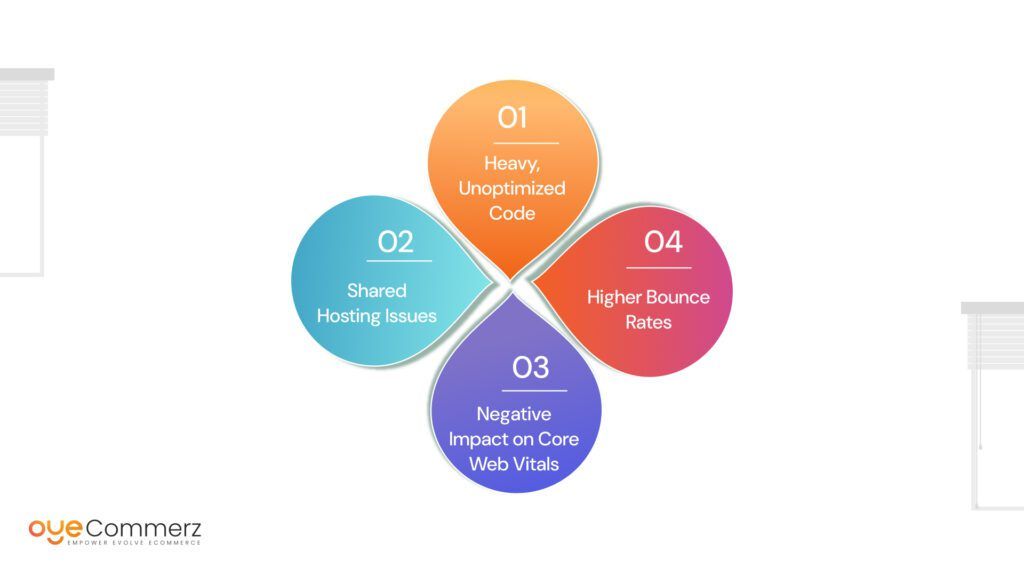In today's digital landscape, selecting the right e-commerce platform is essential for enterprise growth. If you're presently using Wix but thinking about a move to Shopify, you're not alone. Numerous companies are transitioning to Shopify to take advantage of its robust capabilities, scalability, and specialized e-commerce solutions. This article will walk you through the transition process, ensuring a smooth transition and preparing you for e-commerce success.
Why Migrate from Wix to Shopify?
Before exploring the transition process, it's essential to recognize why Shopify might be a superior fit for your e-commerce needs:
- Specialization: Unlike Wix, which serves multiple website types, Shopify is engineered specifically for e-commerce, offering advanced features and features optimized for digital commerce.
- Scalability: As your company grows, Shopify can seamlessly accommodate increased visitor volumes and sales capacity without sacrificing performance.
- Extensive App Ecosystem: Shopify provides a vast collection of apps that can boost your store's capabilities, from marketing tools to stock control solutions.
- Search Engine Optimization: Shopify offers superior SEO options, which can help boosting your store’s presence on Google and others.
- Transaction Methods: With multiple transaction platforms supported, including Shopify Payments, you can offer customers a wide range of options.
Getting Ready for Transition
To ensure a smooth transition from Wix to Shopify, follow these preparatory steps:
1. Save Your Information
Export all your information from Wix, including item information, customer information, and transaction logs. This process is vital as it guarantees you have a copy of everything before starting the transfer.
2. Choose Your Shopify Plan
Assess the various Shopify plans available and choose one that best suits your company’s requirements. Consider factors such as costs, features included, and growth potential.
3. Set Up Your Shopify Account
Register your Shopify profile and familiarize yourself with the platform’s dashboard and tools.
The Transition Process
Now that you are ready, it’s time to transfer your store from Wix to Shopify. Here’s how:
1. Transfer Items
Utilize Shopify's integrated import tool or third-party migration apps like Cart2Cart or LitExtension to move your items from Wix to Shopify.
Make sure that product descriptions, pictures, prices, and variants are accurately transferred.
2. Transfer Customer Data
Upload client details such as user names and email addresses into your new Shopify store. This step is Backup information vital for maintaining client connections and marketing efforts.
3. Set Up Payment Gateways
Configure transaction methods in your Shopify store to guarantee seamless payments. You can choose from various platforms like credit cards, PayPal, and others.
4. Customize Your Store Design
Choose a design that aligns with your brand identity. Modify it using Shopify's design tools to create an appealing and intuitive store layout.
5. SEO Optimization
Implement SEO strategies during the transition process:
- Set up 301 redirects from old Wix URLs to new Shopify URLs.
- Optimize product titles, details, and photos with relevant keywords.
- Update meta tags and alt texts for better search engine visibility.
After Migration Steps
Once your store is live on Shopify, consider these post-migration steps:
1. Test Your Store
Conduct comprehensive testing of your new store:
- Check product pages for accuracy.
- Verify payment processes.
- Ensure all links work correctly.
2. Promote Your Why Shopify is better than Wix for e-commerce Store
Announce your new store launch through email newsletters and social platforms.
Think about offering special offers or sales to draw shoppers.
3. Track Your Progress
Use analytics tools within Shopify to monitor sales performance and customer behavior.
Adjust your strategies based on performance analytics.
Conclusion
Migrating from Wix to Shopify can significantly improve your e-commerce capabilities and set the stage for growth and achievement. By adhering to this manual and taking a systematic approach to the migration process, you can ensure a seamless move that reduces downtime and boosts opportunities for sales. Welcome the change and watch your online business thrive on its new platform!
